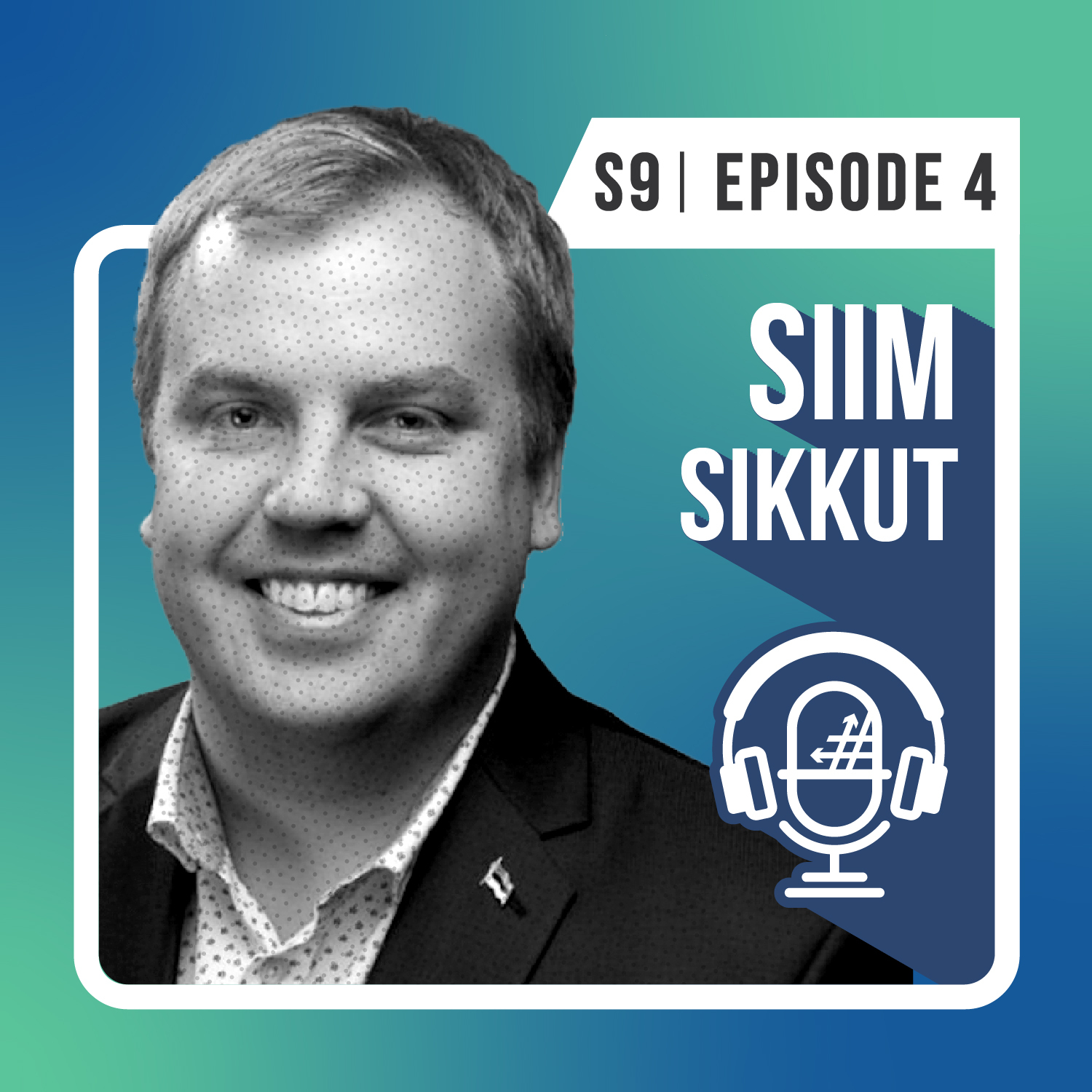S2 E3: Office 365 for First Line Workers at Belgian Police with Vincent Moreau

If you think your Teams adoption is creative enough, wait ‘til you here today’s innovative Teams adoption. Today’s guest, Vincent Moreau, General Product Manager at the Belgium Police, will walk us through their journey of leveraging Office 365 and creatively utilizing Teams for their police operations.
Ready to get amazed?
In this episode:
His background
I’m a General Project Manager at the Belgian Federal Police. I’m concerned with strategy for software development and end-user equipment. So, I’m responsible for providing all our end users with different IT solutions they will use in the field or in the office.
We decided to adopt the Microsoft 365 solution, specifically Teams, not only because of security concerns but also to bring new collaboration and communication tools. So, for us, it’s really important that the information is accessible for all the policemen in the field at any time and on any device and on a secure way.
The Challenge
Before, all our solutions were on-premise. That means we didn’t have a culture of the internet, connectivity or mobility. In 2015, there was a terrorist attack, and they were using new technology, they were on the internet, they were everywhere. That’s when we realized how important it is to have a better and more efficient response and information dissemination for our cases.
Back then, we were also using radio as our primary means of communication. With that system, we weren’t able to communicate the picture of someone or specific complex information. You can describe it, but there is a difference between describing something and really be able to see it. When a crime happened, everything was written in a notebook, which was to be typed at the office after work hours and takes up a lot of time. So, that’s why there was really a need to modernize and to be able to digitally send and provide this information on the field.
What was needed
With our old infrastructure, there was no efficiency in providing information for all our end-users. We needed a solution to remedy that, and to do it in a secure way. We also needed a solution that could manage all the devices we use—from PC, laptop to smartphone.
We needed to provide a solution that would make it possible for our end-users to do things digitally and not have to write in a notebook and come back to the office and do more work. That way, our policemen would be more present for the citizens and do their job efficiently. We wanted the citizens to see that and say, “Ah, the police are there. I feel secure. And I feel that I receive the services that I want and that I requested.” In return, our policemen would get the feeling that they’re doing their job better and are being useful to the community.
Moving to the cloud
Moving to the cloud was totally new even for our system engineer. Our first line of action was to make sure that our network would be able to manage all the information. We also needed to communicate this move to our users. It was necessary to make them understand what the cloud was and to instill confidence in our users who were thinking about the complexity of the move and the control of the data being transferred.
There were a few things that made us choose Microsoft 365. First, we knew that we would get a few tools that would help us make our environment more secure. We knew what we wanted to do with those tools, how to manage it, and we knew it would help us update our systems and monitor everything, as well as manage our devices connected to our intranet.
Secondly, we knew that there were tools that can bring more collaboration and communication between our people, like Yammer, Skype, and SharePoint.
The first success story
Our users’ first impression of Yammer was that it was like Facebook where people would talk about their holidays, or lunch, or things like that. So, what we told them was, “With Yammer, we can speak about work. It’s for exchanging information, collaboration and communication. It’s a platform to share ideas with each other.”
At first, we only had 10 users. But one day, one of our guys posted on Yammer, “Hey guys, I’m really stuck in one of my inquiries. I have this graffiti, and I really don’t know who did this graffiti nor what it’s meaning is.” About a few hours later, another officer from the other side of the country, who was speaking another language ─ because in Belgium, we speak French, Dutch, German and Finnish – used the translation function of Yammer, saw the question and said, “Hey, I have the same graffiti in my city, and I’m also blocked in my inquiry. It’s really strange because I also don’t know the meaning of it, but if we can help each other, that will be great.”
A few hours later, a third policeman replied, “Guys, we captured the criminal who did this graffiti.” With that, we found that the criminal was moving from city to city, until he was captured on the third city. In two hours, one of our inquiry was solved. And that’s our first success story.
Thaat was also the time that we realized how important it is to recognize the privacy of our data. So,, while we praised our users for their creativity, we also reminded them to be careful with sharing out data and details about their inquiries.
Teams for police operations
When our police units are in operation, what’s important is to pass information as fast as possible. As I said, it’s always better to see directly the image than just giving a description.
So, what we did was we used Teams meetings for police operations. When the units are in the field, they have a camera, and then we also have people in the camera room seeing what’s being captured by the camera of our police in the field. So now, they’re seeing the same thing and our people can directly advice our other police units what’s happening or where the criminals are hiding or running to. And we did the same with the camera for helicopter.
And like I say, this the sort of thing really came from the creativity of our end-users. And also, thanks to all the connection that we made with other police forces during meetings, we were able to work on improving the quality of our cameras.
How to make #ShiftHappen
I think the shift really comes from the user. If we try to push from the top management to the user, that will never work, that’s why it’s better to give them the tools and let them use it and discover how they were going to use it. And that’s where creativity comes from.
It’s also necessary to help your users, give them some tips, share success stories, and compliment them when they discover something good and creative, so they know you appreciate what they’re doing.
Today’s takeaway from Vincent:
“Success does not only come from the management or IT. I believe it really comes from the users and everybody else who help make things happen.”
Subscribe where you get your podcasts! Search for “#ShiftHappens” in your favorite podcast app.
With over 20 years of business and technology experience, Dux has driven organizational transformations worldwide with his ability to simplify complex ideas and deliver relevant solutions. He serves as the Chief Brand Officer of AvePoint who has authored the LinkedIn Learning course How to Build Your Personal Brand, the book SharePoint for Project Management, as well as numerous whitepapers and articles. As a public speaker, Dux has delivered engaging, interactive presentations to more than 25,000 people at leading industry events around the world. He also hosts the modern workplace podcast #shifthappens that focuses on how leading organizations navigated their business transformation journey. Dux advocates tirelessly for inclusion, using technology for good, and philanthropic initiatives. Connect with him: http://dux.sy



